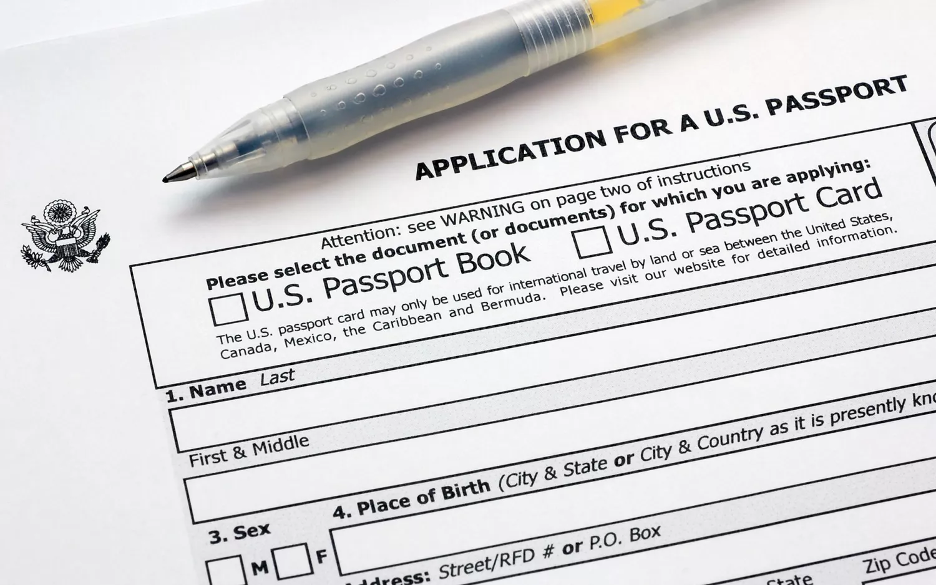A passport card may be a good ID choice, especially if you don’t have a passport.

Introduced in 2008, the passport card is a relatively inexpensive personal identification card that can be used in place of a passport or driver’s license at land and sea entry points to the United States. The key words here are “land” and “sea”—in other words, you can’t use it as ID for international travel by air.
But if you’re planning a road trip to Mexico or Canada from the United States, a passport card is all you need to get there. (The card was a post-9/11 brainchild of the U.S. State Department and Department of Homeland Security, as part of the Western Hemisphere Travel Initiative.) If you don’t yet have a passport, you can snag a passport card in person at any of the accepted locations using a standard form. You’ll need to bring personal identifying information.
One of the benefits of the card, for those on a tight budget and those with large families needing to cross the Mexican or Canadian borders frequently, is that at $65 ($50 for kids)—versus $165 ($135 for kids)—it’s a fraction of the cost of a passport book. (The State Department has a page that sets out the distinctions.)
Passport cards can also be used in Ready Lanes, the dedicated primary vehicle lane for travelers entering the U.S. at border points of entry. And passport cards also come in handy if you’re boating to the Caribbean or to Bermuda. As it’s physically smaller than the passport book, it’s easy enough to tuck into your wallet and as handy to pack up as, say, a tiny polka-dotted bikini or a pair of shorts in case you wanted to pull a Y Tu Mamá También and start driving south.
Note: Remember, a passport card is for land and sea travel only, not air!
Twist’s Take: Cross into Mexico or Canada frequently by land? You may want to get a passport card.

